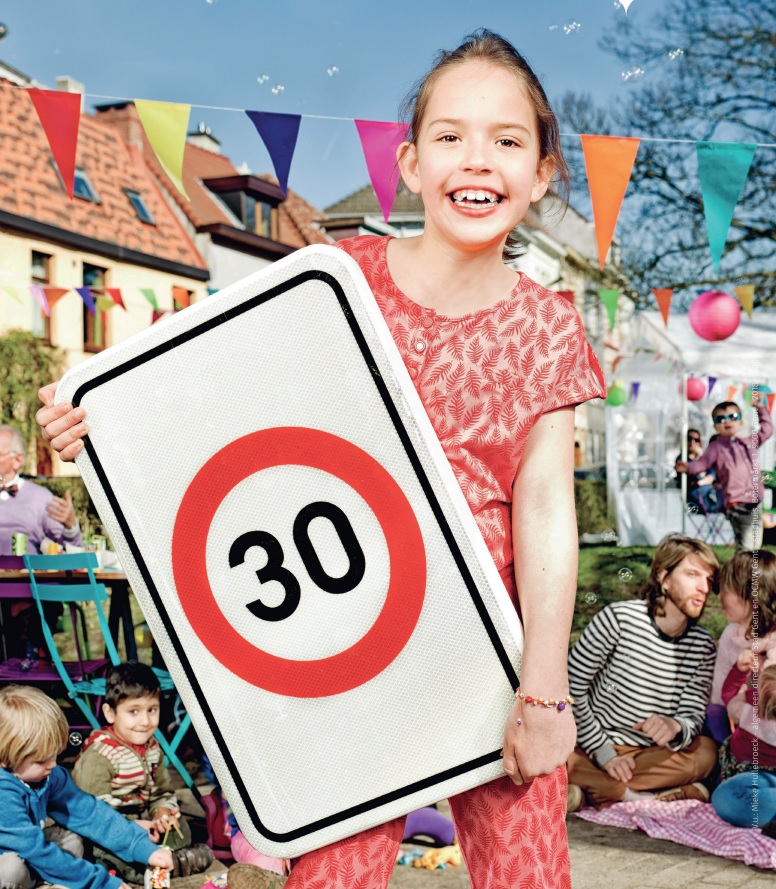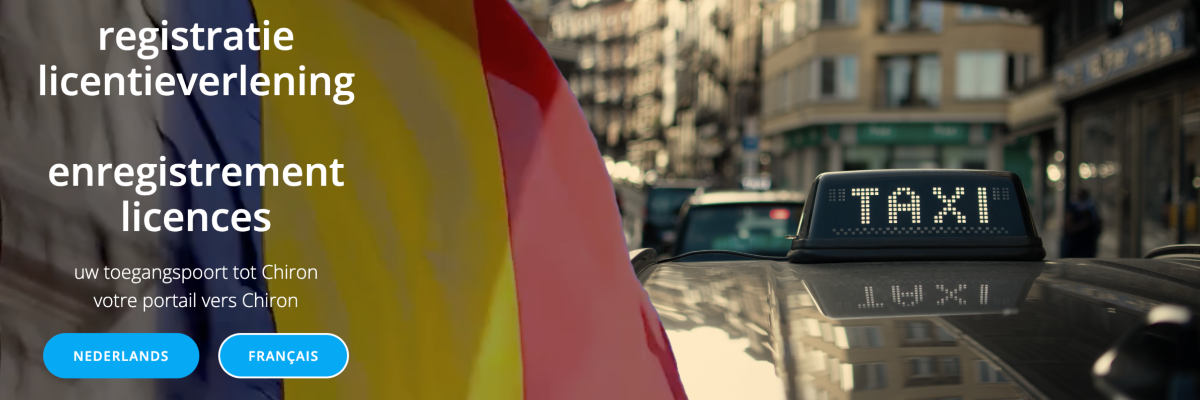One of the major challenges to the success of Operation Zone 30 is public perception.
In the Belgian city of Ghent, Filip Watteeuw, the councilor of Mobility for the Green party, is determined to reduce speed in the city and its peripheral municipalities. All this is done under the name 'Operation Zone 30', a drastic measure that means a transformation for mobility and quality of life in Ghent.
Since 2018, Operation Zone 30 has been gradually introduced in various neighborhoods of Ghent. This week it is Mariakerke and Wondelgem's turn, following Oostakker, Drongen, Sint-Amandsberg and Sint-Kruis-Winkel. The new speed limit applies in the entire area between the N9, the Nieuwevaart and the Groenestaakstraat-Botestraat axis. The speed limit is now 30 km/h for cars, mopeds and electric bicycles.
According to Alderman Filip Watteeuw, there are two main reasons for this measure. Firstly, it is about the safety of vulnerable road users. Research by the Flemish Traffic Science Foundation shows that a pedestrian is six times more likely to die in a collision at 50 km/h than at 30 km/h. Secondly, there is the aspect of quality of life: a lower speed leads to less noise and emissions, which makes the living environment more pleasant.
Although the intentions behind Operation Zone 30 are commendable, measurements by the Ghent Environmental Front (GMF) have shown that only one in four cars actually adheres to the new speed limit. The GMF therefore advocates better enforcement and street design to enforce the rules.
political context
The speed adjustment in Ghent is probably a result of previous discussions between concerned parents, the neighborhood, and Flemish Minister Lydia Peeters (Open VLD). The Ghent city council, which was also involved in the crisis consultation, is pleased that the Flemish government ultimately intervened.

The measure can be seen as hindering the flow of traffic, especially during rush hours. To create support, the City of Ghent has made posters and folding boards available that residents can place in their windows.
Another facet of Operation Zone 30 is the redesign of the streets and the installation of speed breakers on high-risk sections. First, the streets with the highest safety risk are tackled, followed by a broader range of adjustments. The intention is to adjust the layout of the streets in such a way that it feels natural for drivers to drive slower.
With the rise of smart cities, there are also opportunities to use technology to enforce the new speed limits. Think of speedometers that provide real-time feedback to drivers or systems that collect data for further analysis and policy making.
Our conclusion is that Operation Zone 30 is a complex and layered initiative that affects various aspects of city life in Ghent. The goal of making the city safer and more liveable is a noble one, but there are several challenges in achieving this, from enforcement to public perception. Only time will tell whether the measure will have the intended effect, but one thing is certain: it is a courageous step towards a more sustainable and humane urban environment.



